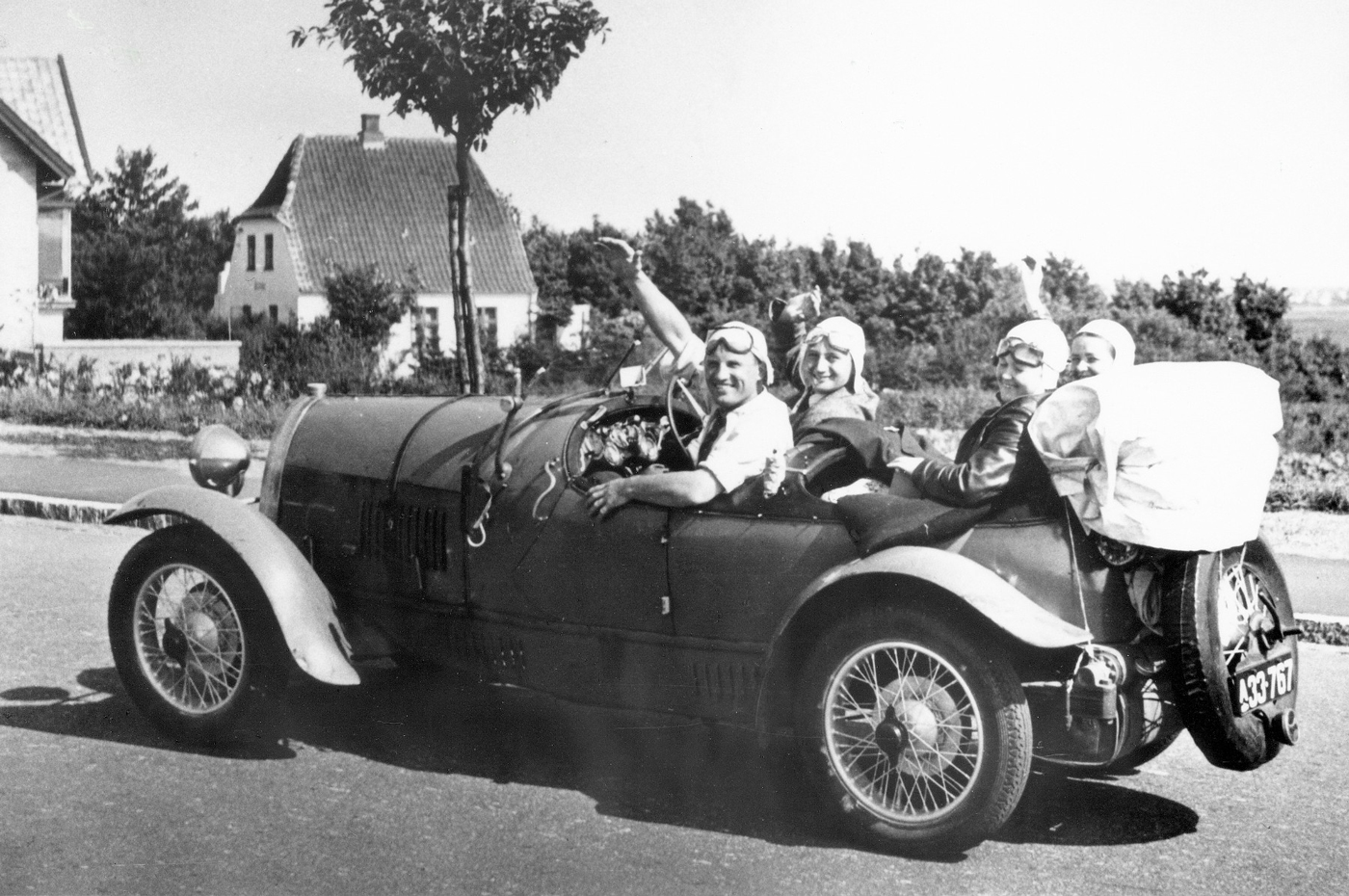
The joy of owning a Bugatti is seen in this shot of Erik Svend Sckerl and friends with a type 23 in 1939.
Review by Pete Vack
All photos from the book
Bugatti in Denmark: motorsport and luxury cars before 1940
By Frank Studstrup
Editocar, 2021 Denmark
ISBN 978-87-973354-1-3
226 pages, 170 illustrations, hardcover
Text in English
Euro 65.00, GBP 55.00 USD 75.00 (excluding packing, posting and tax)
Order here editocar@mail.dk (Europe)
Or don@bugattibooks.com (US)
When it comes to Bugatti, no country is immune from its charms. France, Belgium, Holland, Great Britain, Italy and far away United States fell like dominoes in the face of the overwhelming charisma that radiated from the products of Molsheim between the wars.
Even Denmark, that remarkable seafaring peninsula with 443 named islands and a history that dates to 12,000 years BC, began importing Bugattis as early as 1912. To be sure, as everywhere, there were not many Bugattis around; their influence far outweighed their numbers in any country. As a testament to their popularity, Bugattis in Denmark have been admired, written about, appeared in movies, been the victors of ice races and record runs on famous beaches, engaged thousands of youngsters at Tivoli, and have left an unfaded impression for over 110 years.
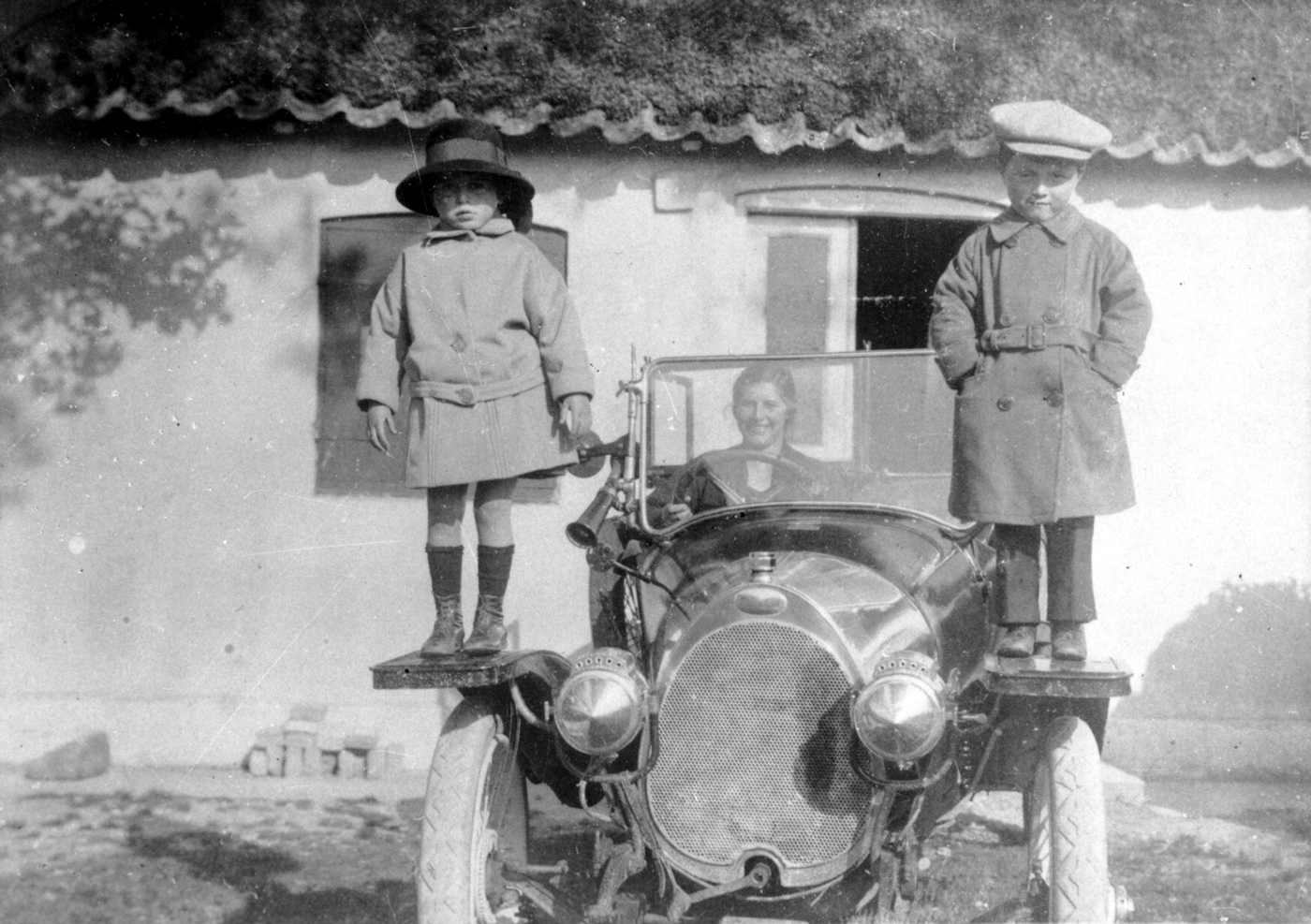
On top of the world. The family of J.P. Ledhus Larsson pose with their type 17 Bugatti in the early 1920s.
Danish author and Bugatti Club Denmark board member Frank Studstrup took on a difficult task: to track some of the twenty known Bugattis imported, new or used, to Denmark from 1912 to 1940. Note here that the book does not cover any Bugattis imported after WWII. The Danish Bugatti project was the result of research for a series of short articles about Danish Bugattis. Then, Studstrup was invited by the Swedish ‘Bugatti Sektionen’ to participate in a larger compilation of Bugatti knowledge accumulated for a register book on Nordic Bugattis published in 2014. “I later supplemented this material by searching through historic newspapers and by a continued receipt of photos and other material from many helpful people,” wrote Studstrup. These efforts resulted in Bugatti in Denmark. There are no notes, references, index or bibliography. Studstrup explains, “I have used the large source material with the intention of writing a coherent narrative, where only the source of photographs and the like is directly stated.” However, most sources are in the text itself, and if anyone would like further information, he hopes to be able to help.
Most readers and certainly anyone buying this book will be familiar with the Bugatti models discussed by the author, so it is the context, the background, the geography that makes this story compelling. Below we present only a few of the unusual Bugatti stories from Studstrup’s most enjoyable book.
The first Bugatti imported to Denmark was purchased by a new Bugatti dealer, Peter Hersleb Christiansen, a businessman and sportsman in Copenhagen, in 1912. It was a short wheelbase type 13, and was followed soon after by a longer wheelbase type 15.
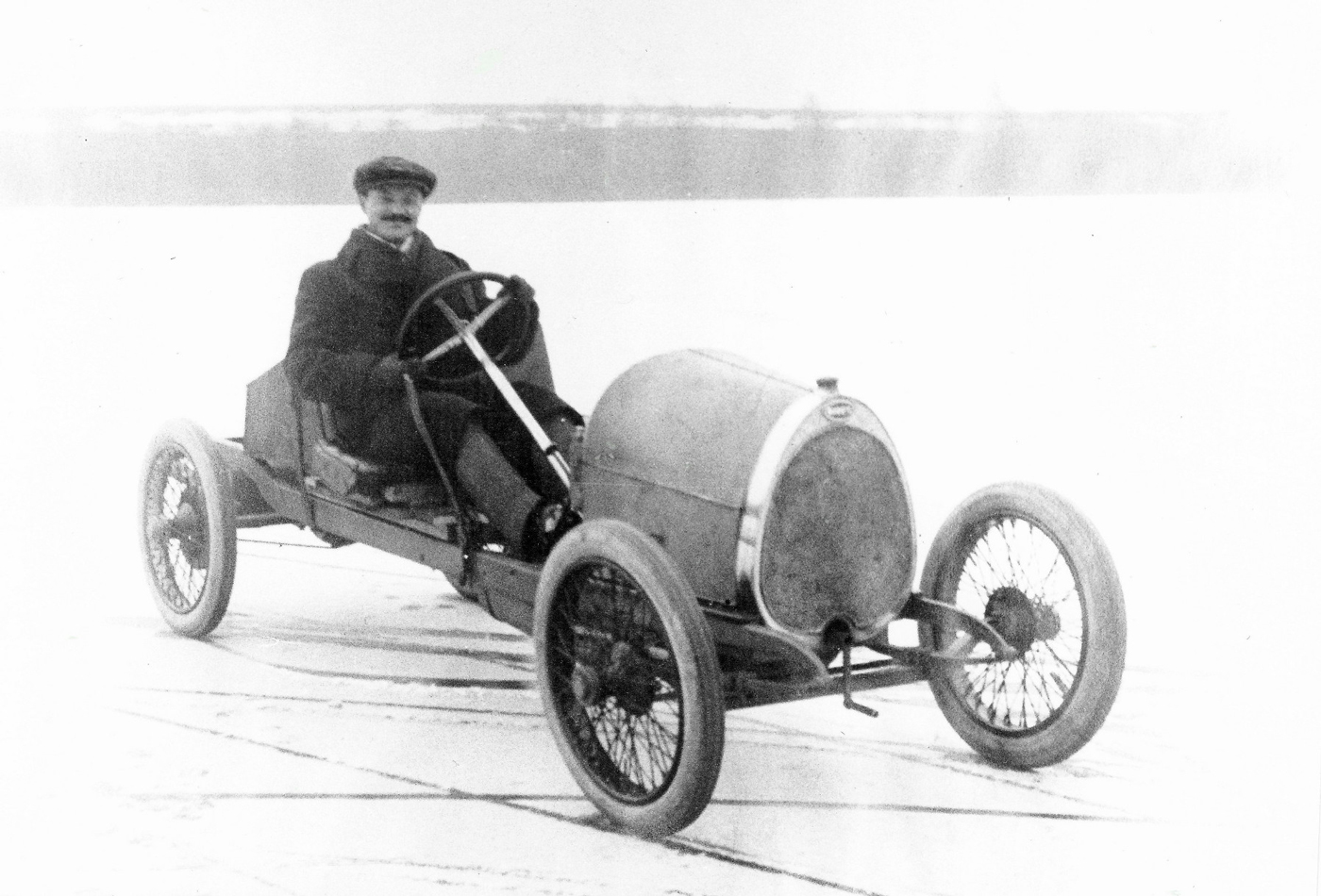
January, 1914. Peter Hersleb Christiansen in his type 17, chassis 578, on the ice. It was a cold but successful kilometer.
Bugattis on Ice
No sooner had Christiansen taken delivery of the type 15 than he ordered another, a type 17 – with the longest wheelbase yet at 2.55 m – and it was invoiced October 20, 1913. The winter of 1913-14 was cold, and by December the lakes were well frozen. On January 18, 1914, the first automobile speed event was held in Denmark. Lacking a track and with a speed limit of 50 kph (31 mph) on all roads, the Danes tested the thickness of the ice on Bagsvaerd Lake and determined that it would make a great, albeit cold, place to race and the speed limit law did not apply to ice on lakes. No matter that the race was a straight line, one kilometer with a flying start, the new Bugatti entered and driven by Peter Hersleb Christiansen met and defeated all comers with a record run of 94.5 kph (58.7 mph).
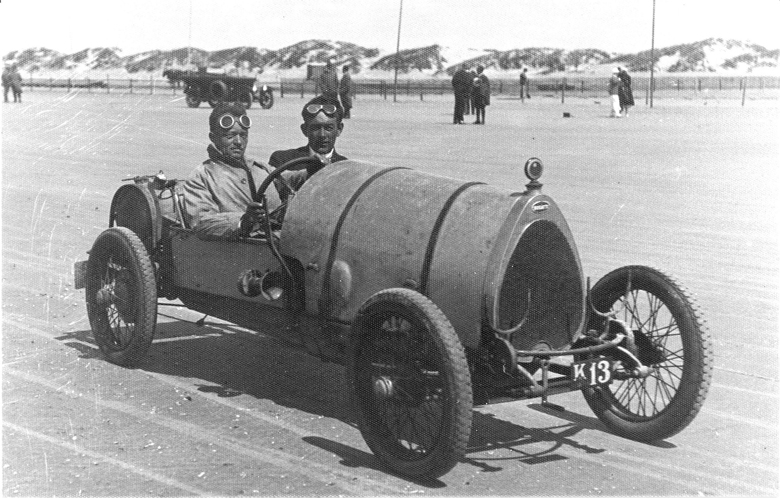
Racing on the beach. Niels Christensen with the type 22, chassis 1338, at Fanoe Beach in 1922. He did 67.8 mph for the kilometer.
Bugattis on the Beach
WWI came and went. Christiansen went on as Bugatti’s agent, and although a few purpose-built race tracks appeared, the Fanø Beach speed event became a very successful international venue. In 1922 a successful tailor, Niels Christensen, was looking for a car and by the way Peter Hersleb Christiansen had just ordered a new type 22 with a 2.4m wheelbase and a ‘full’ Brescia engine. Niels Christensen entered it at Fanø on July 1-2, and managed a run of 109.2 kph (67.8 mph) for the kilometer, not bad for a 1500cc car. “The Tailor” as he was known, entered many events with his type 22 in the 1920s.
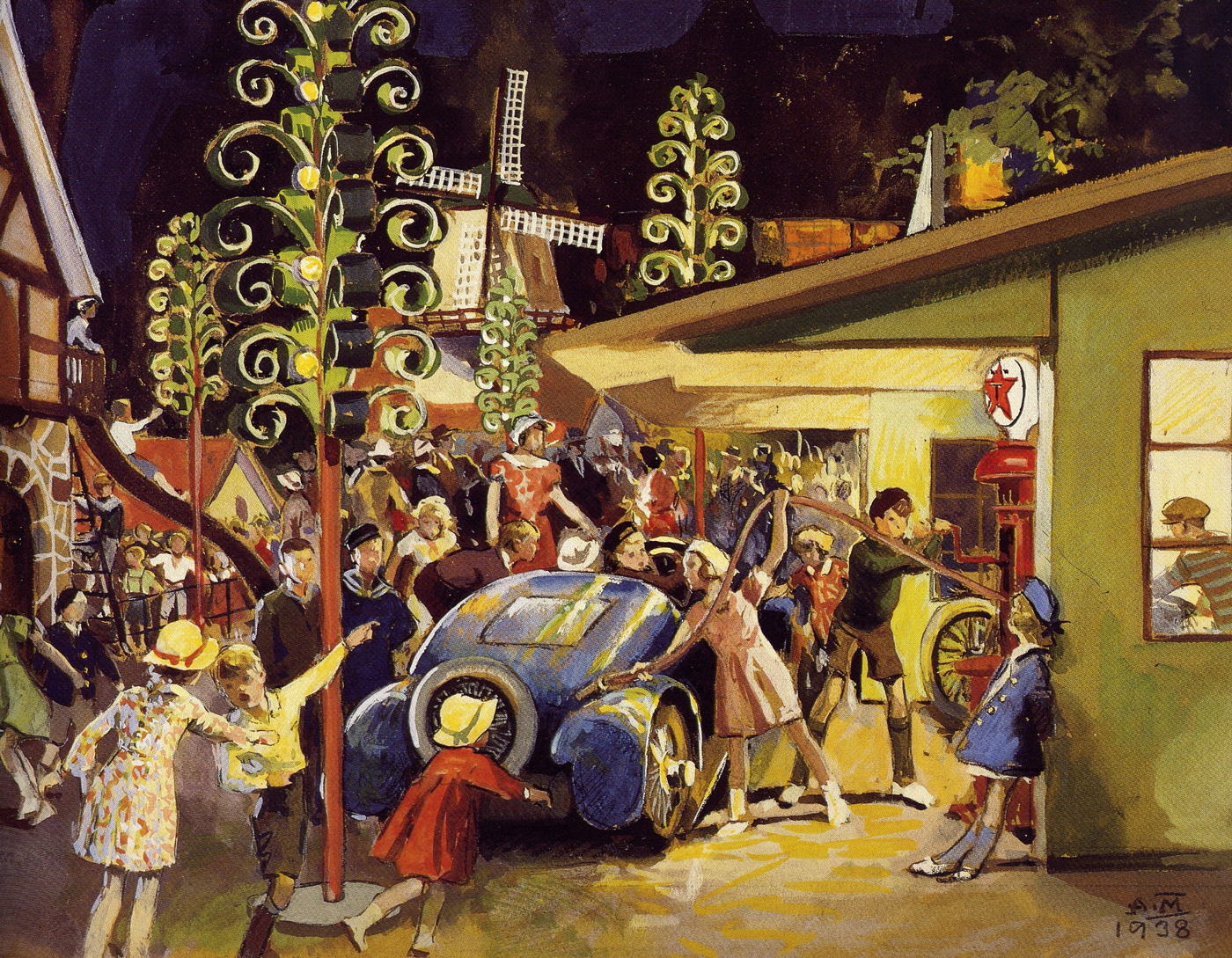
Well known artist Axel Mathiasen painted this scene of the Bugatti in “Childen’s Paradise” at Tivoli in 1938.
Bugattis in the Garden
And then there was Tivoli, the gardens in Copenhagen, established in 1843 by Georg Carstensen, who convinced the King to approve the park because “when people are amusing themselves, they do not think about politics.” In 1938 added to the rides and restaurants were a garage and gas station for children to play about, called the “Children’s Paradise” and the car which was part of the automotive scene was a type 22 or 23 Bugatti, by that time minus its engine and front axle. Danish Bugatti whiz Kaj Otto Hansen was responsible for the sale of an old Bugatti to the park. But by the 1950s the car was moved from the park and disappeared.
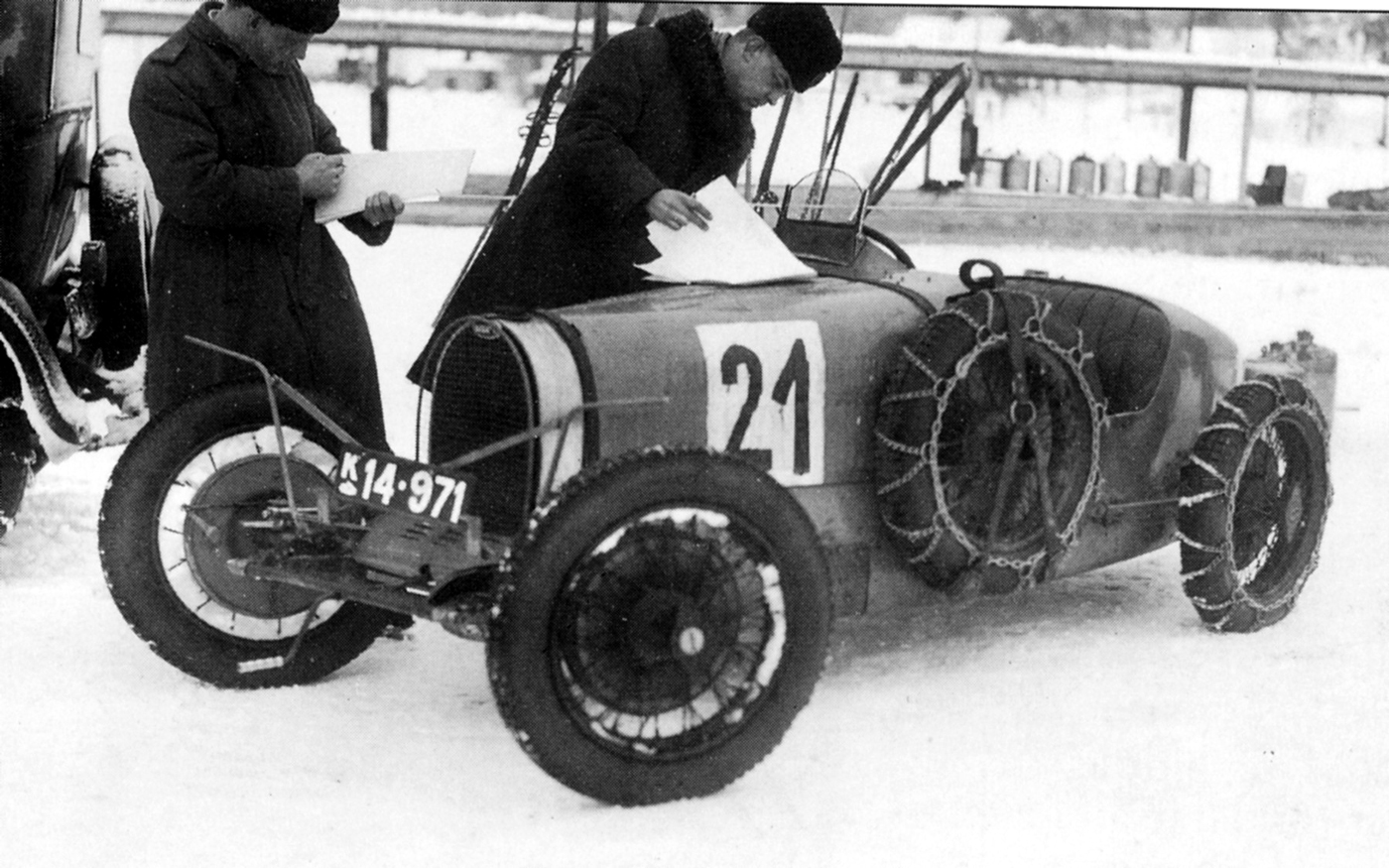
Kaj Otto Hansen at a technical control for the Swedish Winter Grand Prix of 1931, on ice, of course!
The Bugatti Kaj
In the late 1920s, Kaj Otto Hansen was a mechanic, race driver, shop owner and importer, and became the kingpin of Bugatti activity in Denmark, perhaps similar to “Bunny” Phillips in California, and known as the “Bugatti Kaj”. He would own at least seven Bugattis in the interwar era, and went to Molsheim to purchase the only actual racing Bugatti in Denmark at the time, a type 37A, chassis 37318, in 1931. With this, Hansen drove to Sweden to participate in the Swedish Winter Grand Prix, encountered many difficulties along the way. And the Grand Prix was actually an ice race; this Hansen could handle and placed seventh overall.
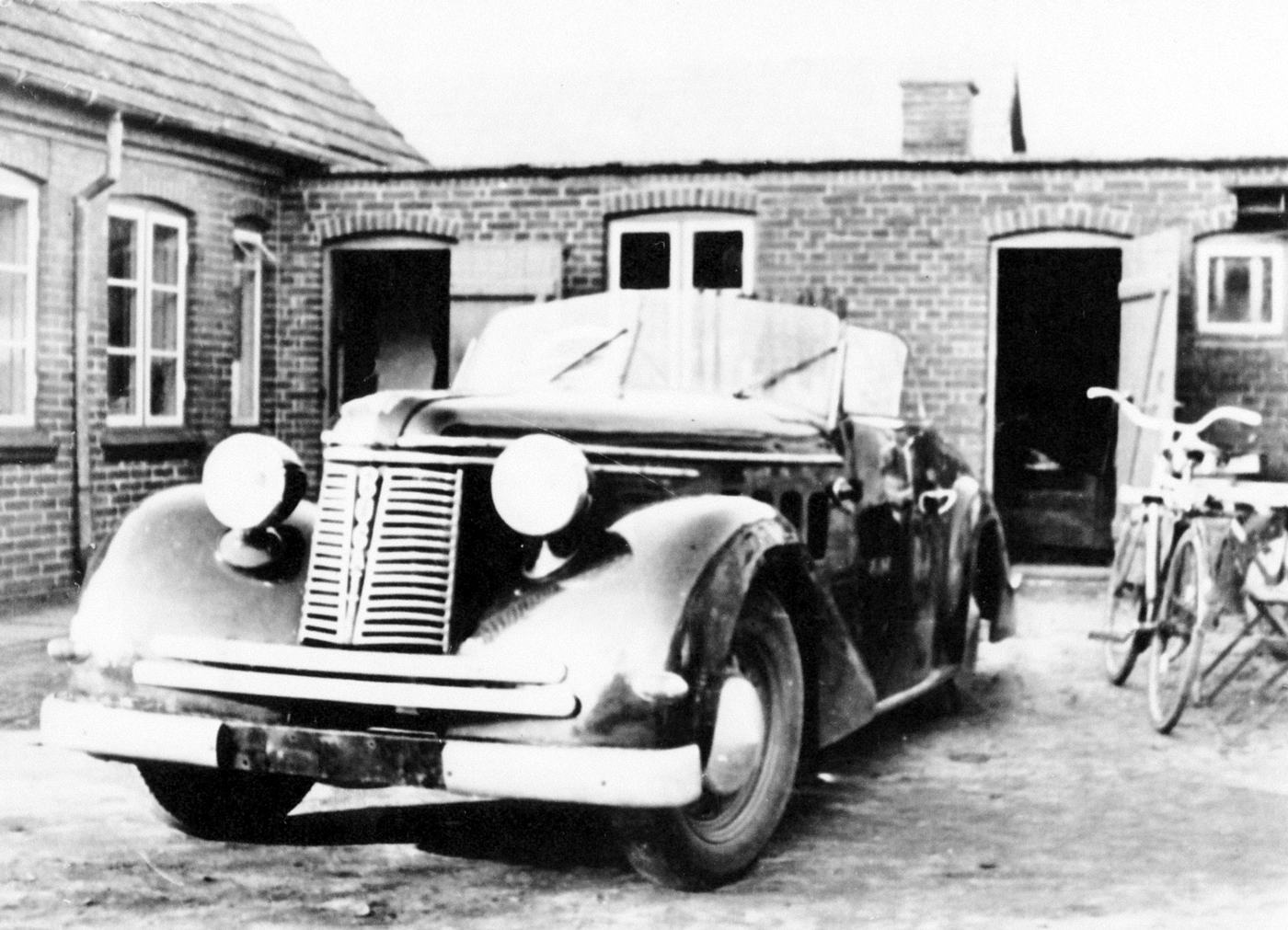
A 1926 type 40, chassis 40206, was rebodied in the early 1950s by a Danish bicycle dealer. Note the placement of the name Bugatti center in the grille.
Bugattis Redesigned
Danish bicycle mechanic Verner Rasmussen found a 1926 Bugatti type 40 in the early 1950s in need of a body. He spent thousands of hours creating a modern four-seater body that was heavy in appearance but not unattractive. It was sold and two Bugatti enthusiasts thereupon returned the body to a scrap dealer. In the 1960s the chassis was sold to an engineer, Bent Hoffman, who spent years creating a new Bugatti like open body for the car. It still exists.
Should you buy?
It’s a delightful book, the photos are old but fit the text perfectly, and we learned a lot. Bugatti in Denmark is a must have for all Bugatti enthusiasts and historians. Highly recommended!
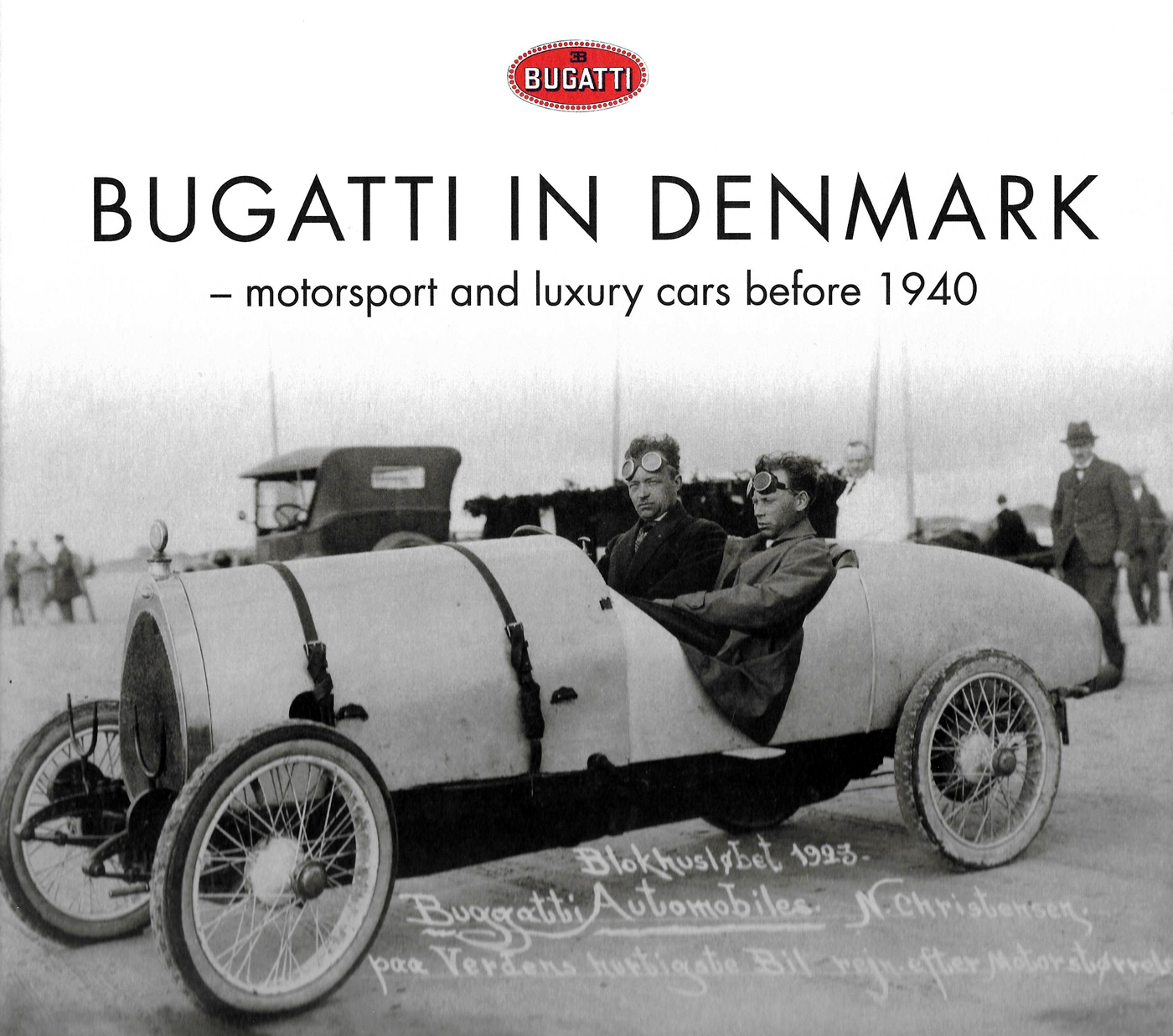

Congratulations !
Dear Pete :
Many thanks for the great and well warranted review ! As noted, I have been honored to supply the book for North American enthusiasts. In spite of the outrageous international shipping costs, I will be able to supply at just $ 97.50 including domestic postage.
Contact don@bugattibooks.com or 941-727-8667.